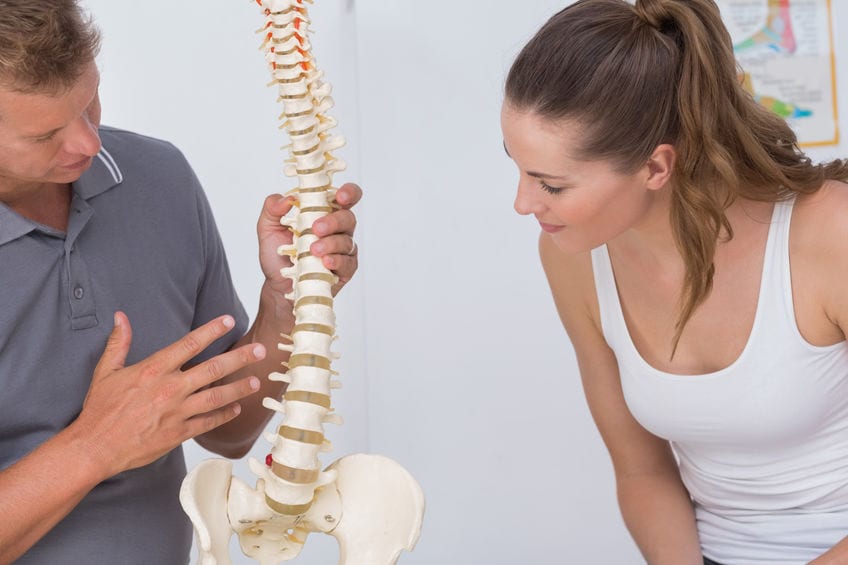What Is Spinal Stenosis?
Reading Time: 2 minutesWithin the spinal canal, there are naturally occurring spaces that can become narrow, applying pressure to nerves. Generally happening either in the neck or lower back region, stenosis can present with a variety of symptoms. Initially, patients may not realize spinal stenosis has occurred. However, over time, numbness, tingling, pain, weakness, and even loss of bladder control may occur.
Causes of spinal stenosis
There are several causes of spinal stenosis. Being born with smaller spaces within the spinal canal can lead to the development of stenosis. Other root causes include overgrowth of bone due to osteoarthritis, herniated disks, thickened ligaments, spinal injury, and rarely, tumors. Many causes of spinal stenosis are related to degenerative changes that occur over the years. Because of this, most patients with stenosis are over 50.
Initial treatment options
Based on the severity of symptoms, several treatment options may be considered. Initially, doctors prescribe a more conservative approach of medications for discomfort and a combination of rest and physical therapy. Medications may include anti-inflammatory drugs to reduce swelling and analgesics to relieve pain. If nerve pain is severe, rest may be the treatment of choice until the inflammation has subsided. Chiropractic manipulation along with stretching exercises have also been shown to provide relief for an extended period.
Lumbar decompression
An invasive procedure that often can provide relief is percutaneous image-guided lumbar decompression (PILD). While this treatment is an invasive option, PILD is much less invasive than spinal surgery. The goal is the same as other treatments to relieve pressure on the nerves. With a needle-like instrument, thickened ligaments are partially removed. This provides increased space in the canal.
Surgical treatment
Usually reserved for severe spinal stenosis, the objective of surgical treatment is to relieve the pressure on nerves. Surgeons release this pressure by expanding the space within the spinal canal. This is achieved by increasing the area surrounding the spine. With a laminectomy, the lamina or arched roof of the spinal canal is removed along with any bone spurs or overgrowth. Surgeons may also be able to perform a laminotomy, which only removes part of the lamina. In some circumstances, the surgeon may also need to fuse the spine with screws or bone grafts to provide stabilization.
What’s the prognosis?
While some of the more conservative treatment modalities can provide relief from spinal stenosis pain for several months, surgical intervention can provide long-term relief. Following any treatment, a period of rehabilitative therapy is recommended to strengthen the muscles and build flexibility. Full recovery may take 3 months or longer depending upon the extent of the surgery. Research and clinical trials are currently underway for future treatment options including stem cells and gene therapy.










